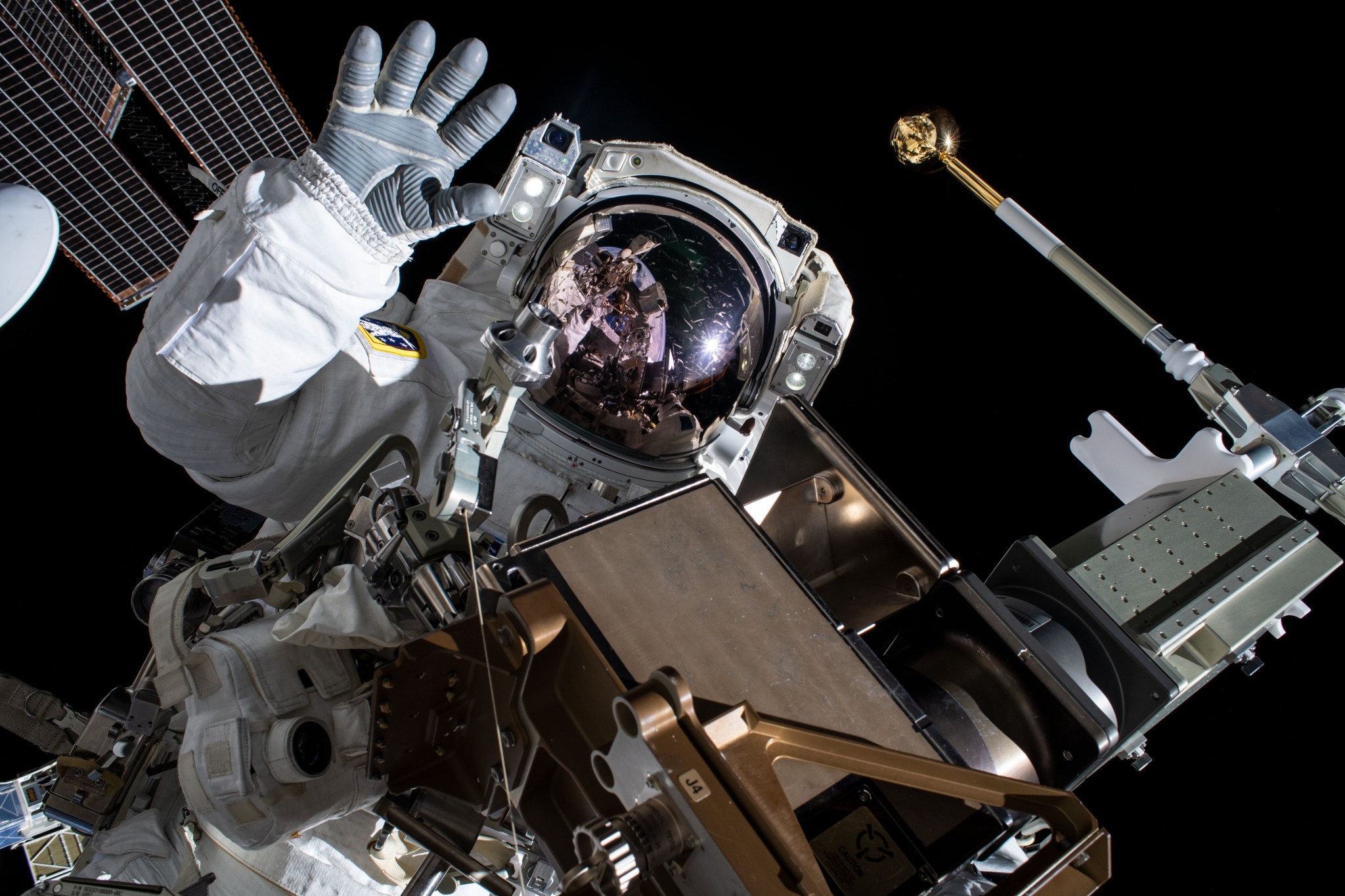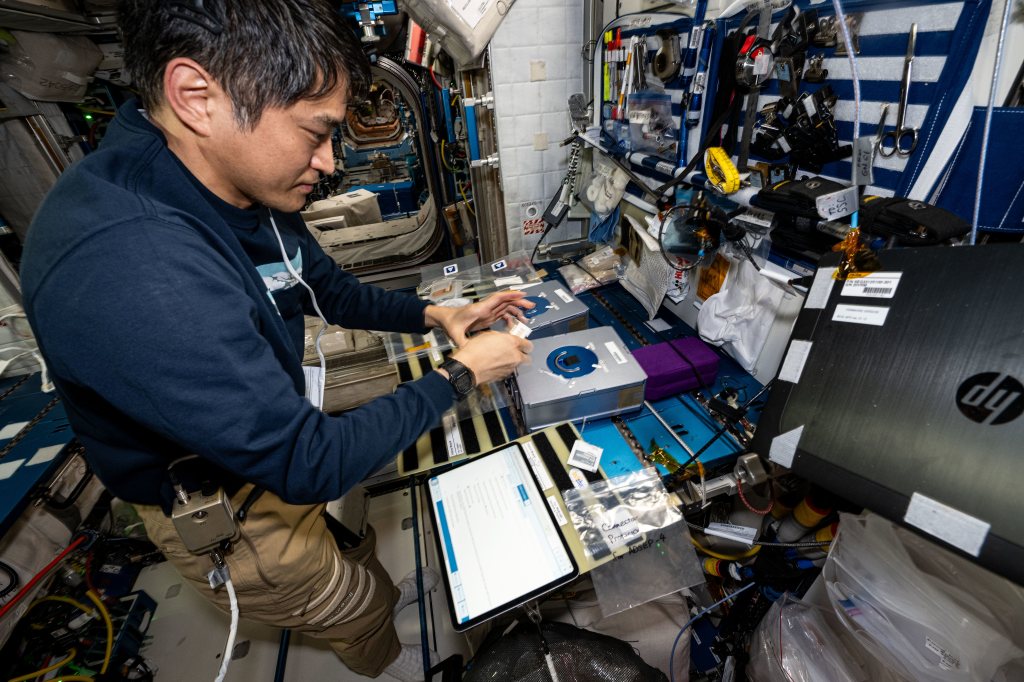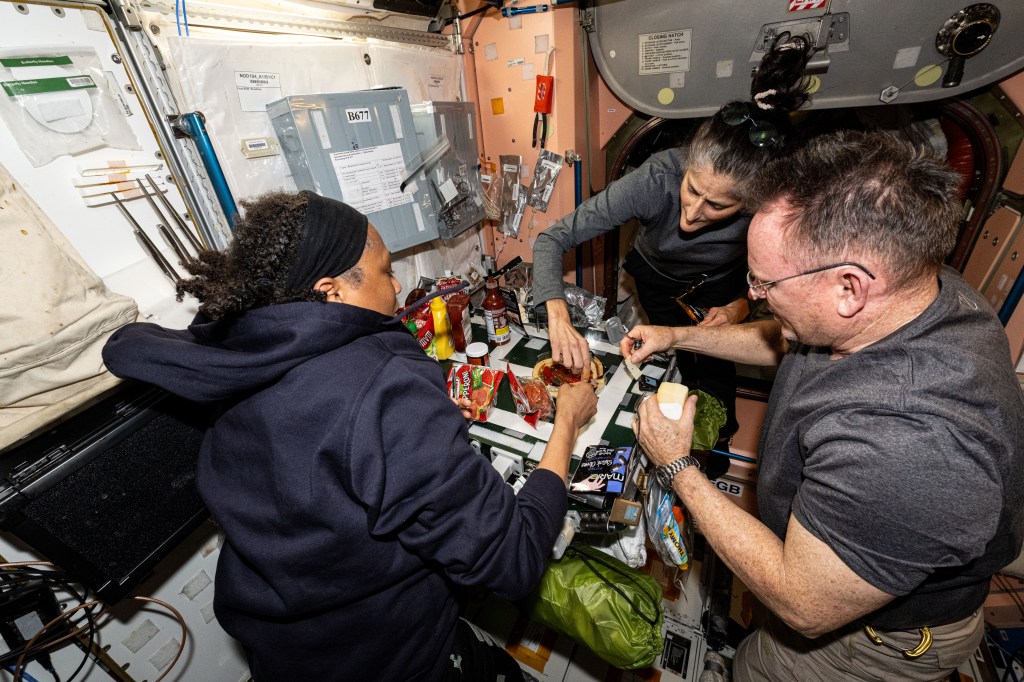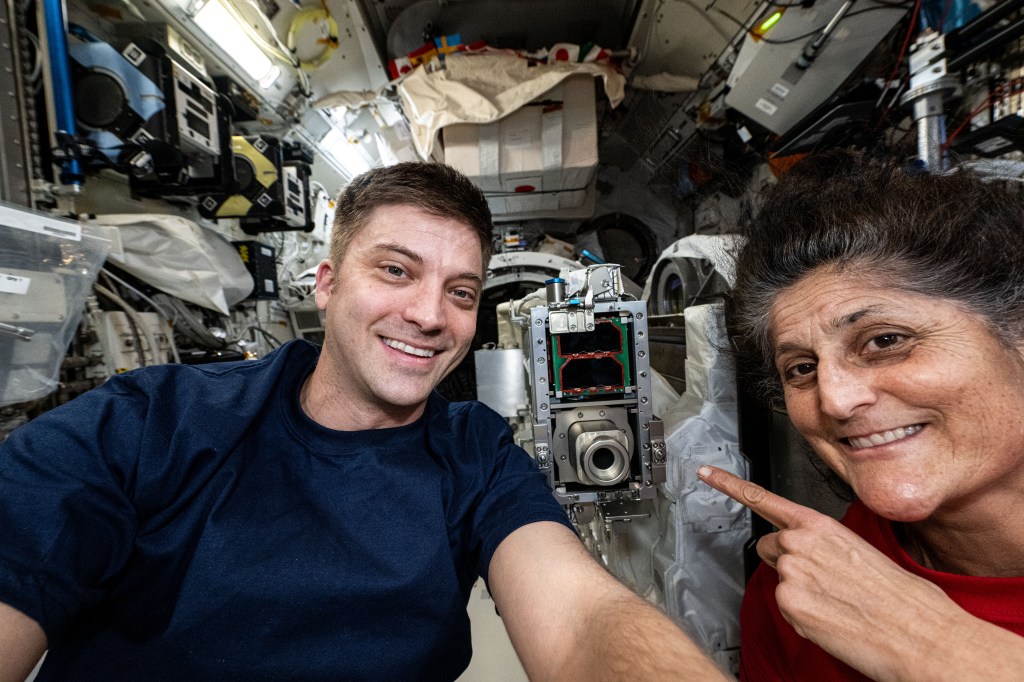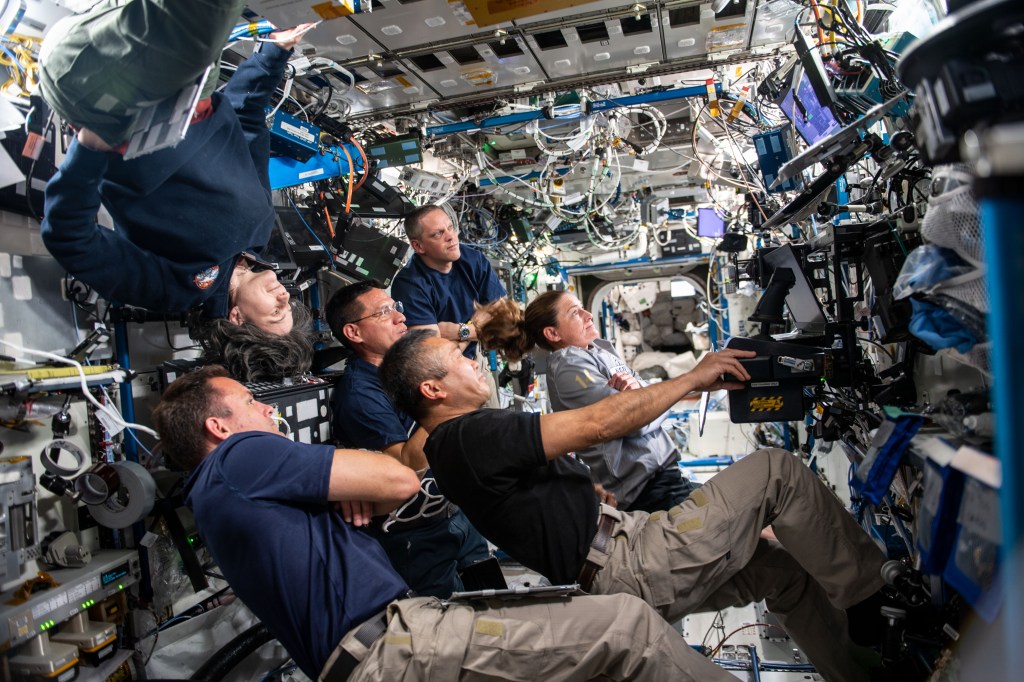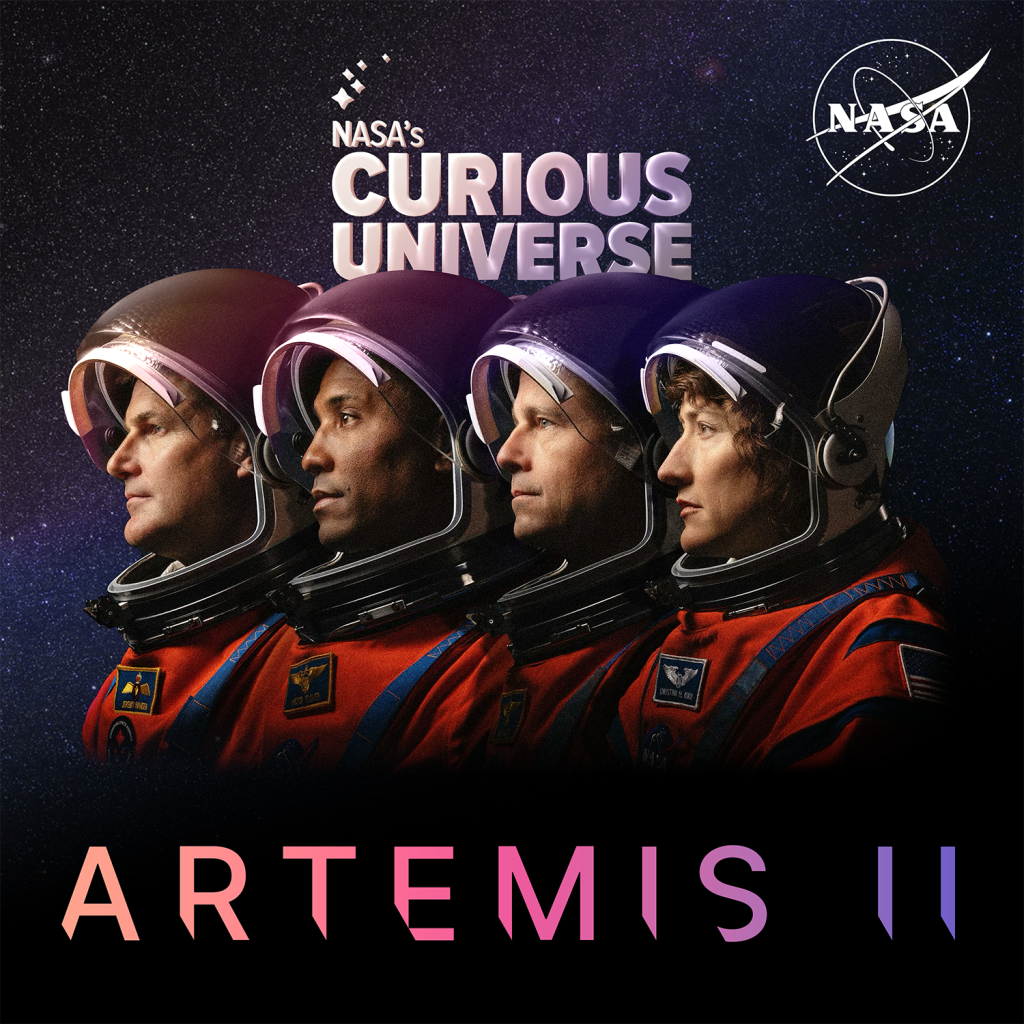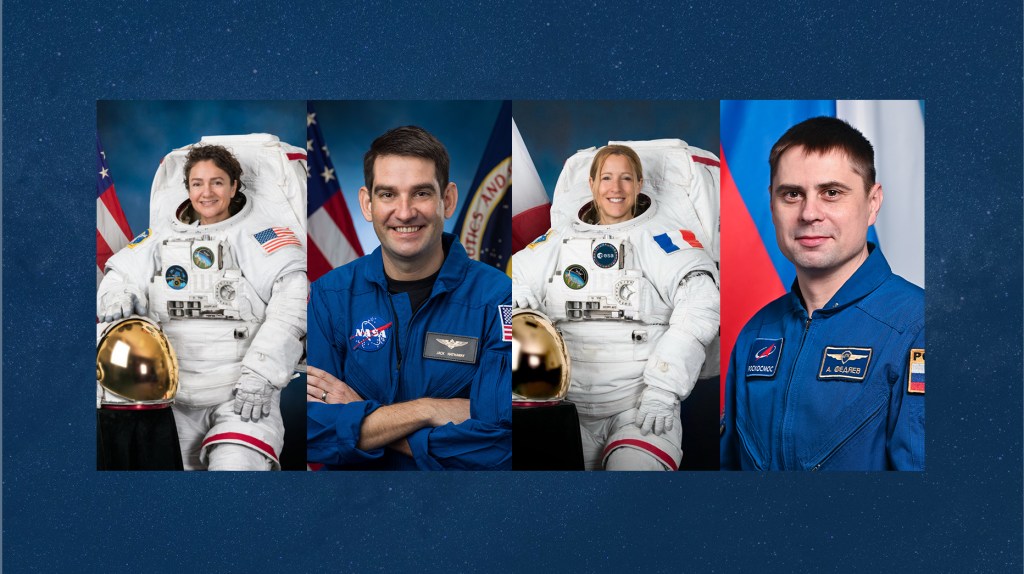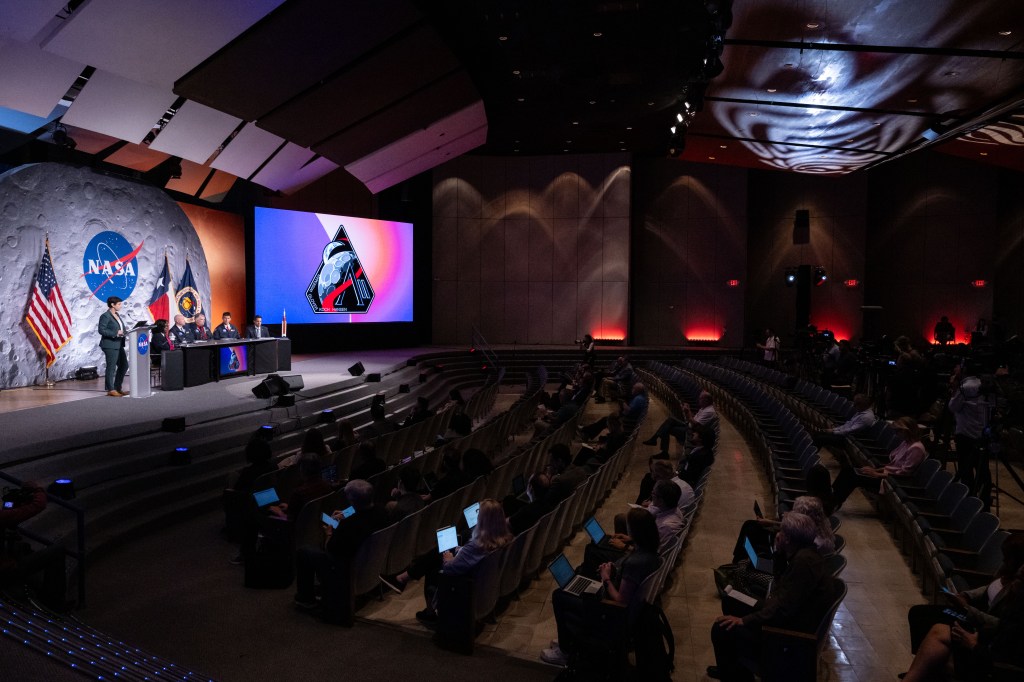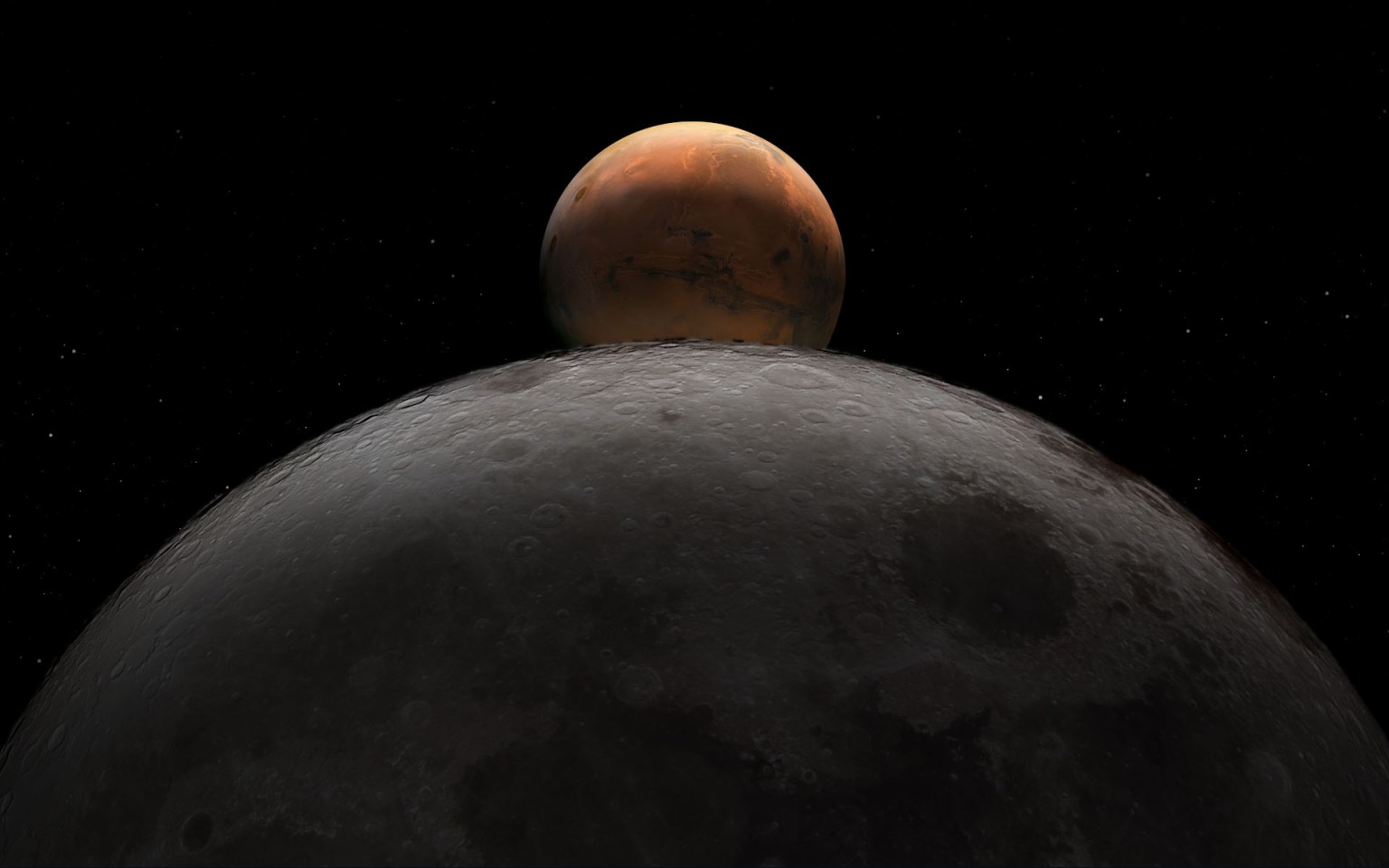Latest Expeditions
Why go to space?
Human space exploration addresses fundamental questions about our place in the universe and the history of our solar system. NASA’s exploration vision is anchored in providing value for humanity by answering some of the most fundamental questions: Why are we here? How did it all begin? Are we alone? What comes next?
Learn More about Why go to space?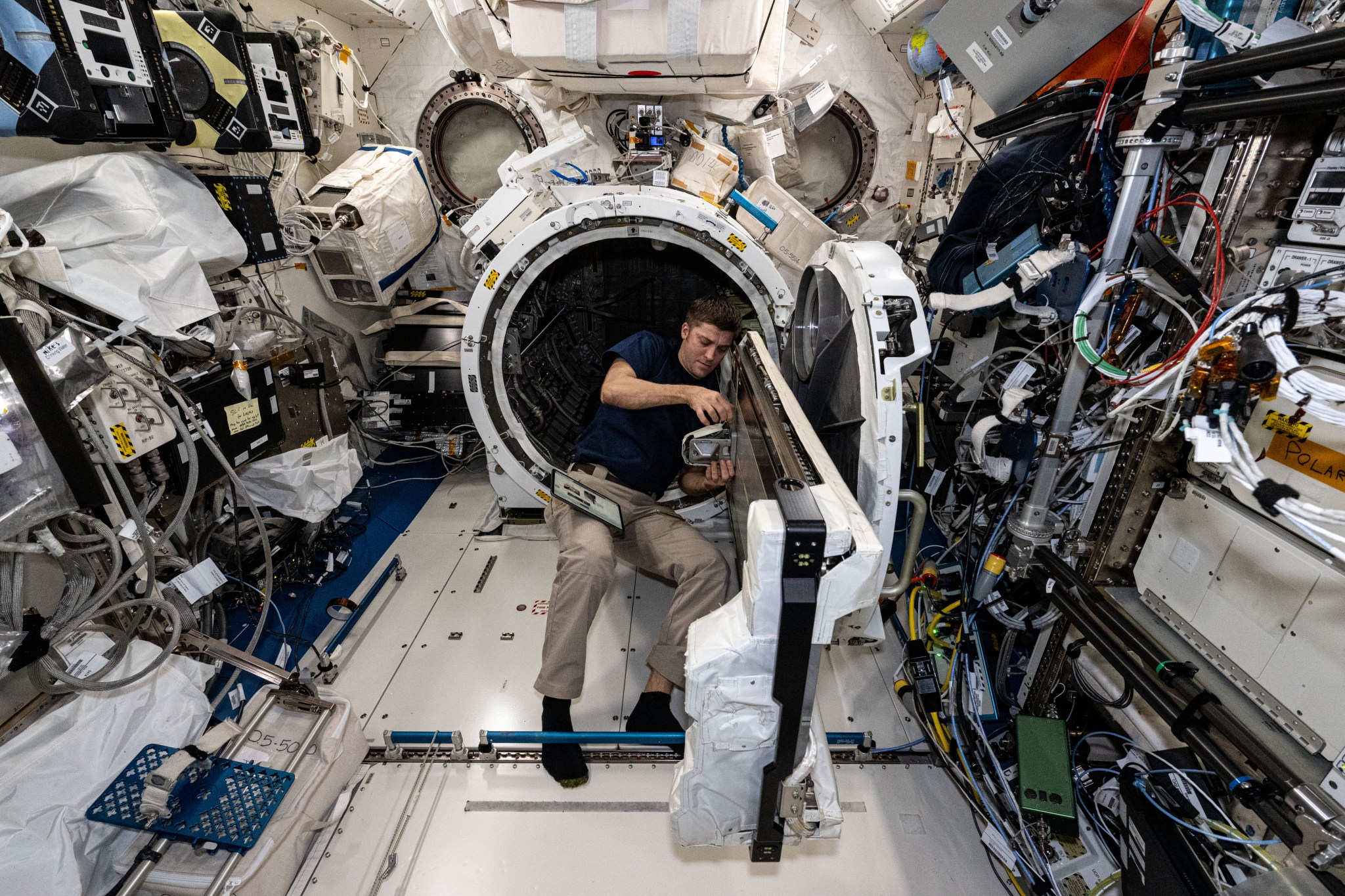
Down to Earth: The Astronaut’s Perspective
NASA’s astronauts will take you on a journey to the International Space Station, exploring the life-changing experience of an orbital perspective.
More EpisodesWhere are we going?
Never has humanity endeavored to simultaneously architect multinational infrastructures in lunar orbit, on the lunar surface, and at Mars — all while maintaining high-demand government and private-sector operations in low Earth orbit. Learn more about NASA's destinations for human exploration.
Destinations about Where are we going?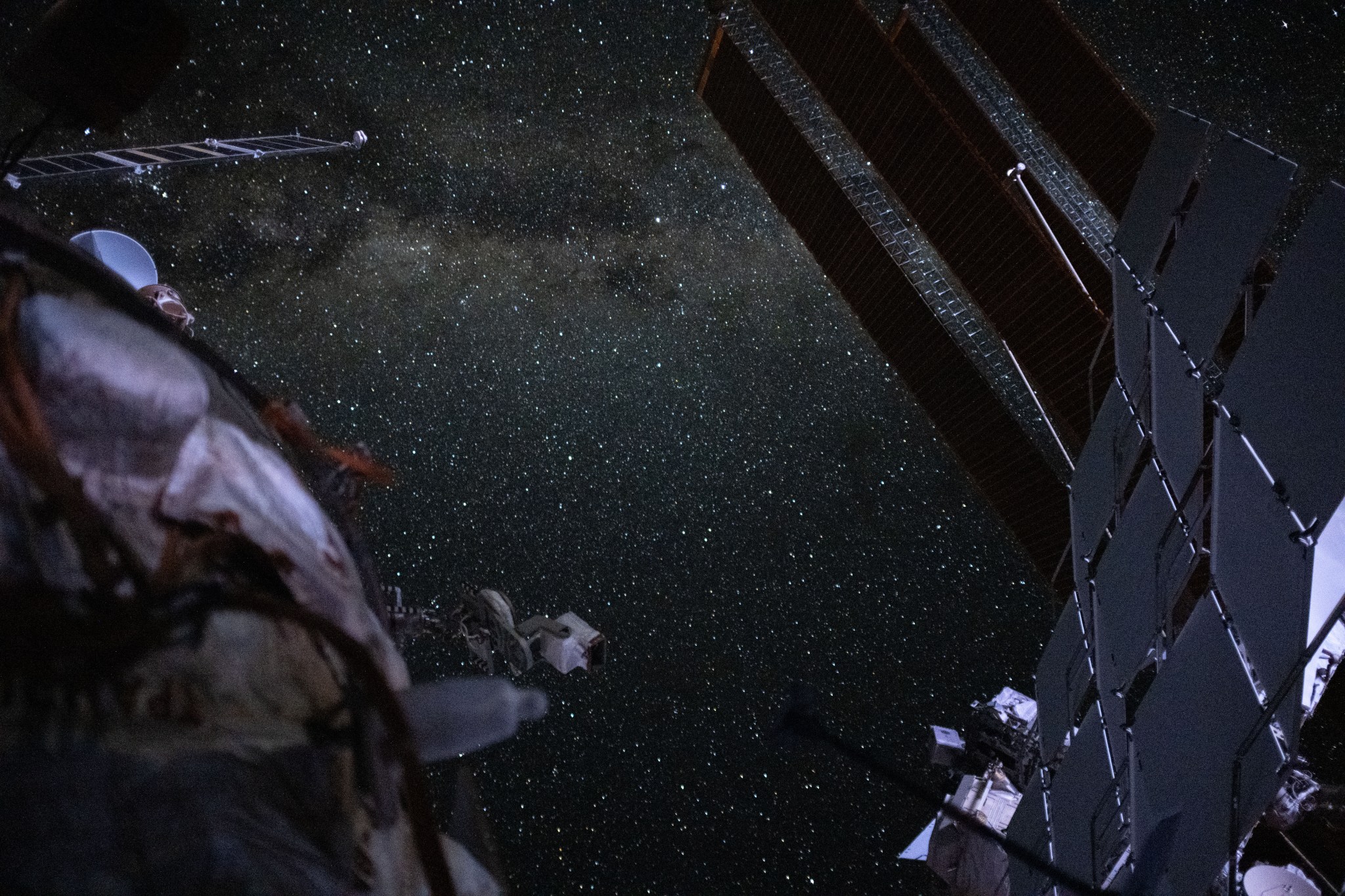
Living in Space
From the challenges of providing optimal nutrition to managing the risks posed by microgravity, NASA works to predict, assess, and solve the problems that humans encounter in space. Take a look at resources related to life in space.
Learn More about Living in Space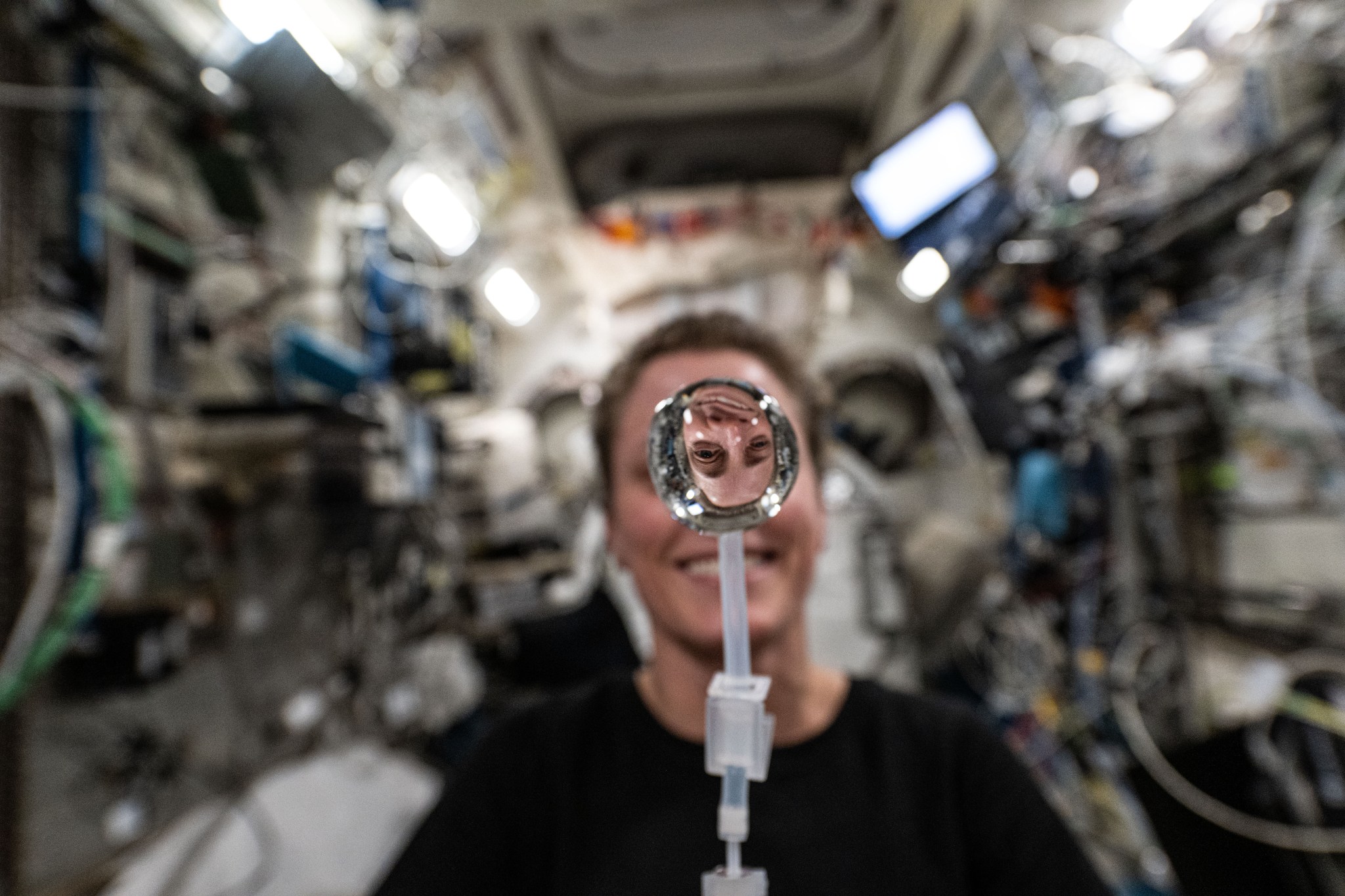
Everything About Living in Space
With only five minutes and an unlimited number of questions, NASA astronaut Reid Wiseman describes living in space. Learn about the station’s temperature, astronaut food, prank calls, and more.
Watch NowCommercial Space
NASA supports a robust commercial space economy that advances American industry and promotes technological discovery through in-space work and research. American companies will continue to play an essential role in establishing a sustainable presence in space.
Learn More about Commercial Space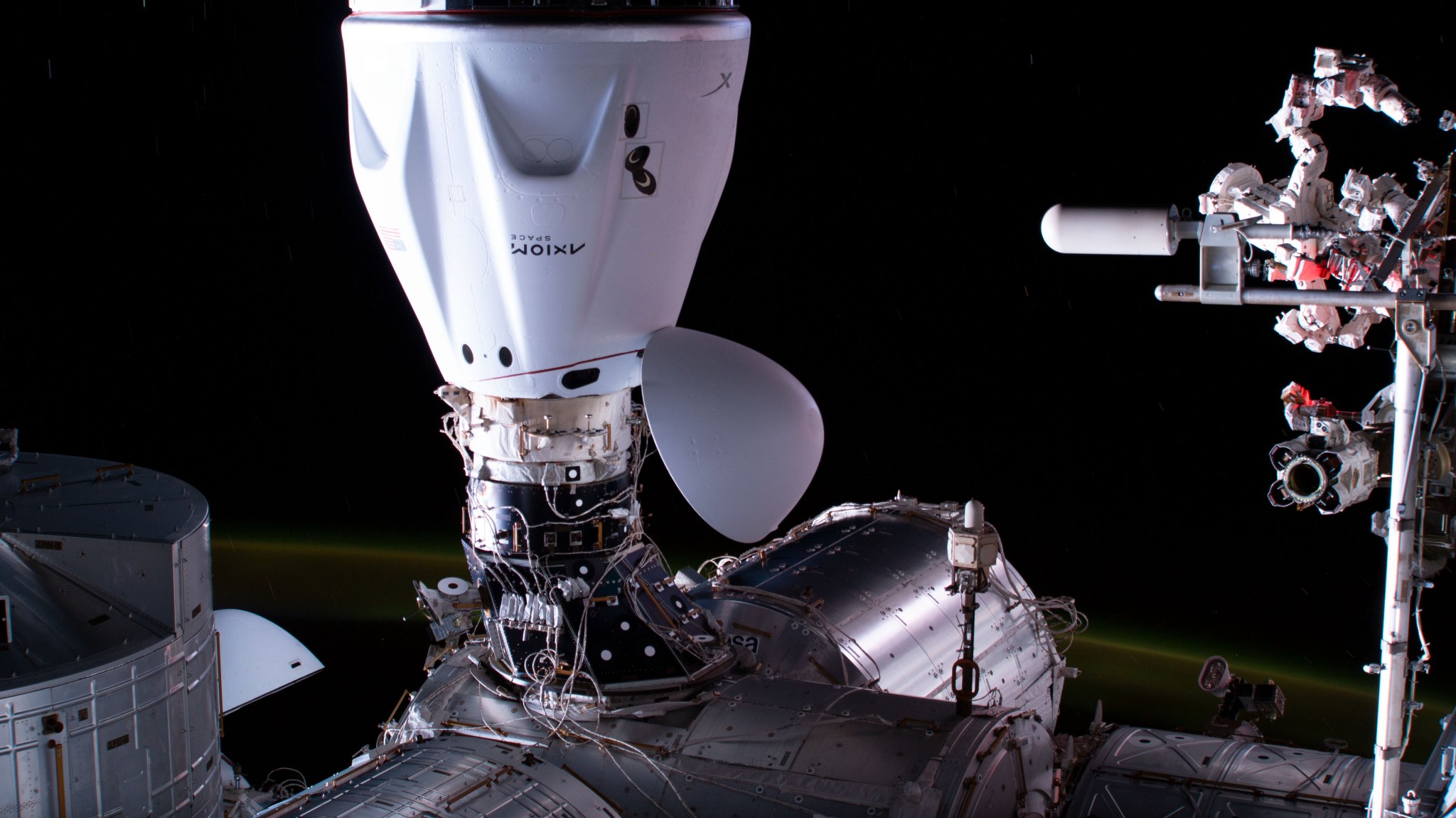
Artemis Missions to the Moon and Mars
Under the Artemis campaign, NASA will establish long-term lunar exploration for scientific discovery and preparing for human missions to Mars.
Learn More about Artemis Missions to the Moon and Mars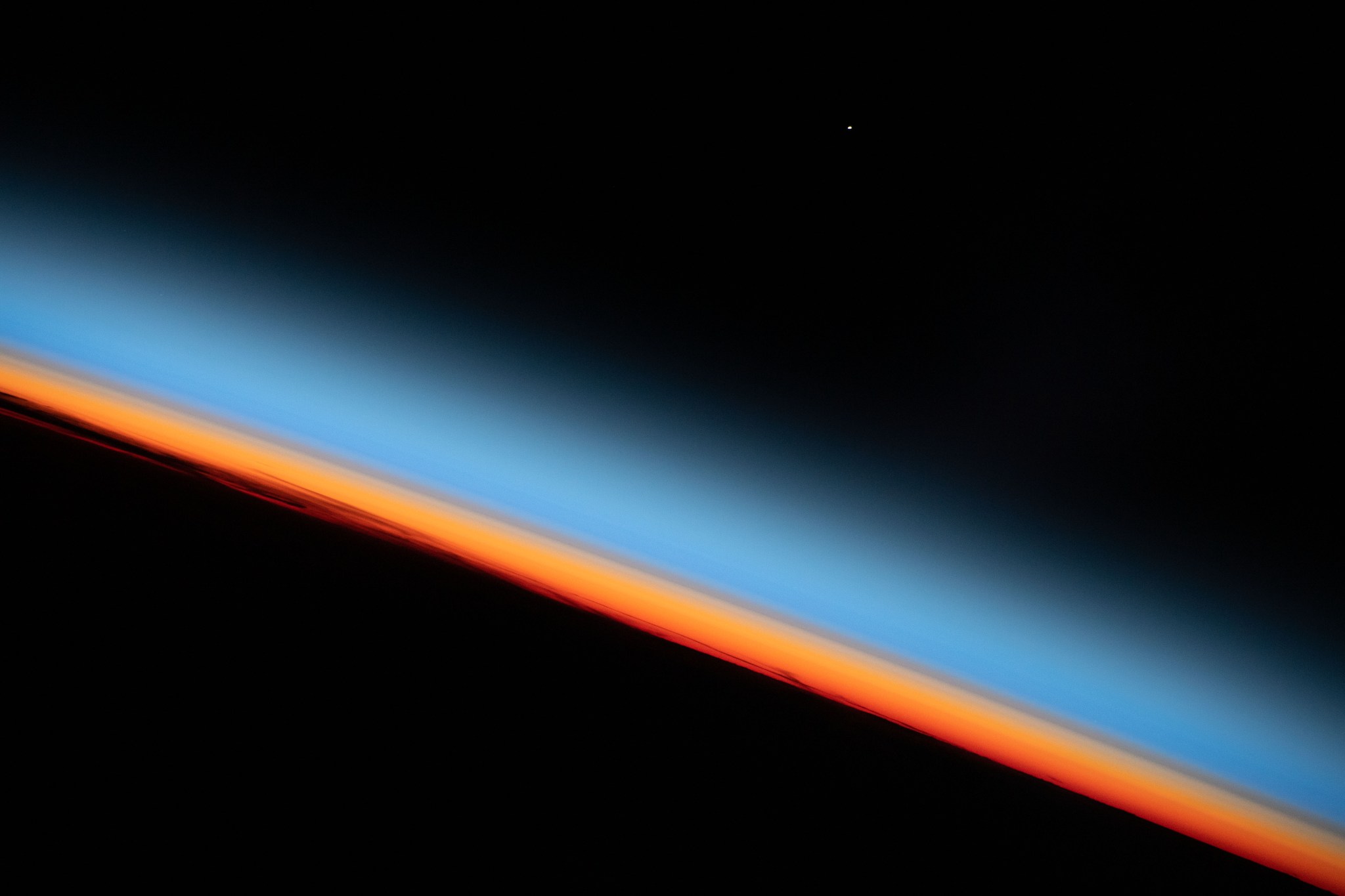
Artemis I: Path to the Pad
In a four-part series, NASA shares insight into the launch of the Space Launch System (SLS) rocket and Orion spacecraft for a flight test around the Moon in preparation for Artemis II.
Watch NowAstronauts
Astronauts train for a variety of missions, including performing research on the International Space Station, launching from American soil on spacecraft built by commercial companies, and preparing for missions to the Moon with Artemis.
Learn More about Astronauts
Latest News

Final Steps Underway for NASA’s First Crewed Artemis Moon Mission

NASA to Provide Media with International Space Station Update Today

Best of 2025: Artemis II Countdown Demonstration Test

Space Station Research Informs New FDA-Approved Cancer Therapy
NASA's Space Operations Mission Directorate
NASA’s Space Operations Mission Directorate maintains a continuous human presence in space for the benefit of people on Earth, enabling exploration efforts, commercial space, science, and other agency missions through communication, launch services, research capabilities, and crew support.
Learn More about NASA's Space Operations Mission Directorate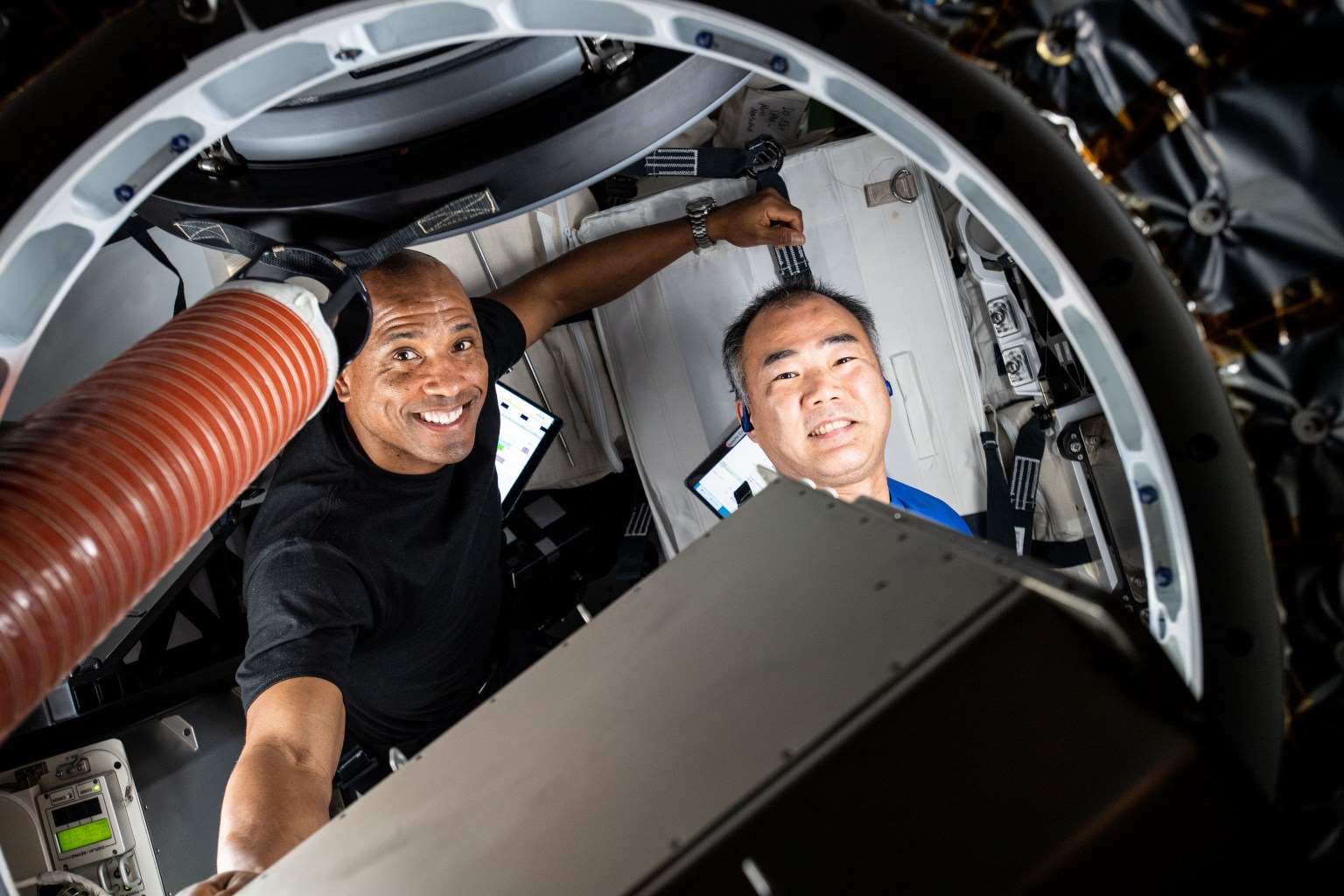
NASA's Exploration Systems Development Mission Directorate
NASA’s Exploration Systems Development Mission Directorate manages the human exploration system development for lunar orbital, lunar surface, and Mars.
Learn More about NASA's Exploration Systems Development Mission Directorate






















